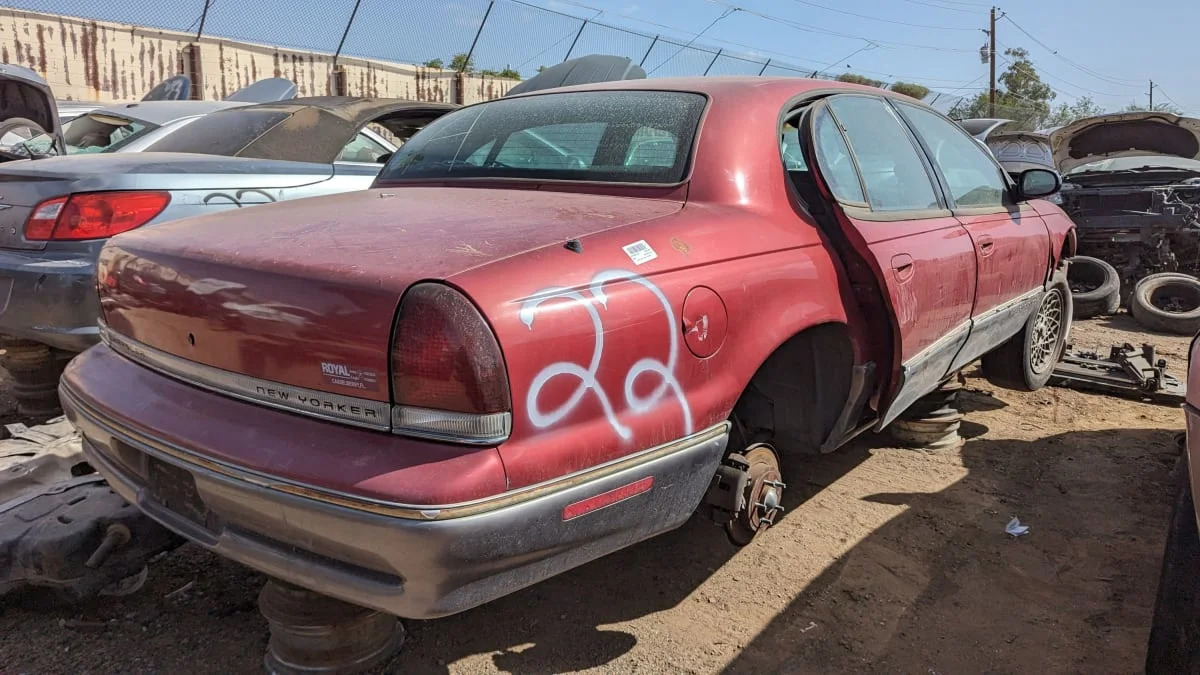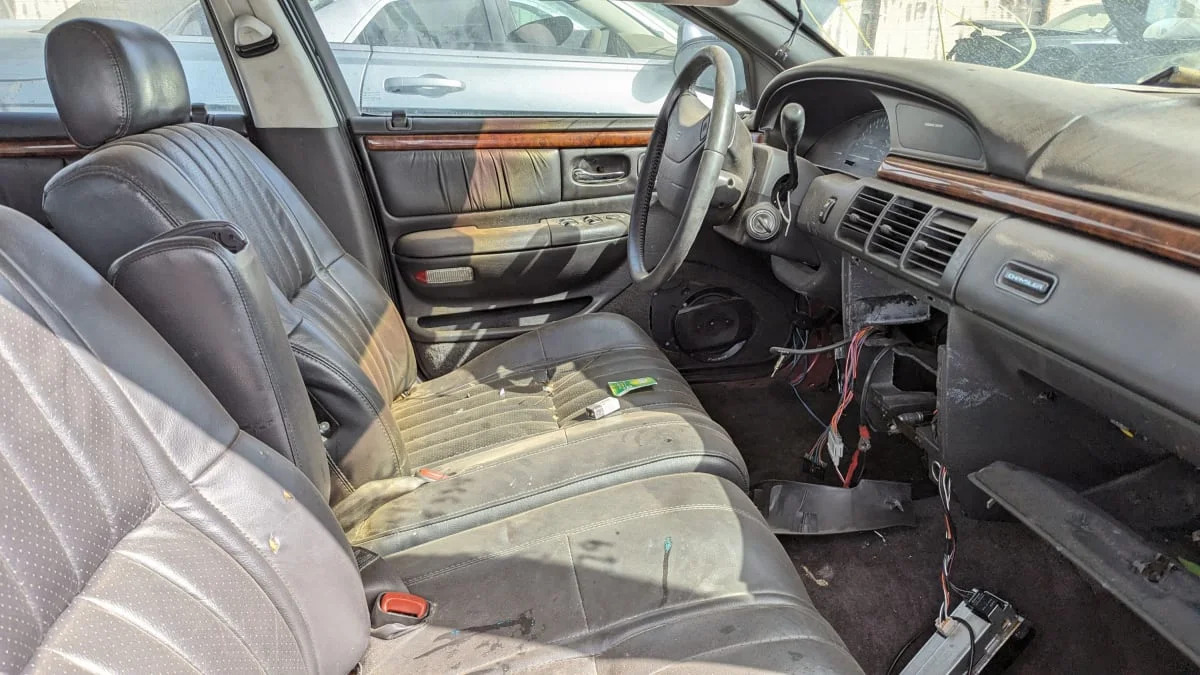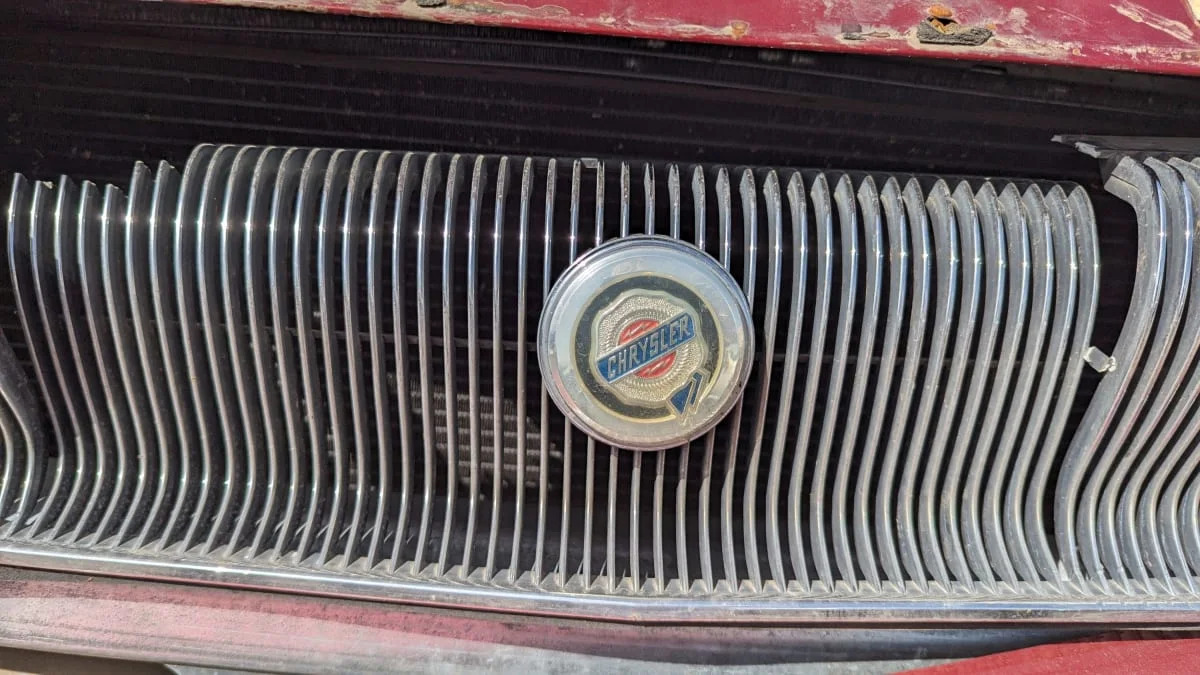Junkyard Gem: 1995 Chrysler New Yorker

Chrysler began using the New Yorker name on cars in 1940, after a couple of years of selling Imperial-based New York Specials. Except for the 1942-1945 break Chrysler took from car-building in order to manufacture things like uranium hexafluoride gaseous-diffusion hardware for the Manhattan Project and 30-cylinder flathead engines for Sherman tanks (and 1989, when the New Yorker Fifth Avenue became just the Fifth Avenue), New Yorkers rolled off assembly lines nonstop through the 1996 model year. Today’s Junkyard Gem is one of the last New Yorkers built, found in a car graveyard in Phoenix, Arizona.
The 1994-1996 New Yorker was built on a stretched version of the Chrysler LH platform, which was developed out of the Renault-derived Eagle Premier that came to Chrysler when Lee Iacocca had his company buy American Motors in 1987.

This generation of New Yorker was essentially same car as the Chrysler LHS and a close sibling of the Dodge Intrepid, Chrysler 300M, Chrysler Concorde and Eagle Vision.

It wasn’t quite as awe-inspiring as some of the earlier New Yorkers (see: 1953, 1964, 1977 but not the sub-awe-inspiring 1982 or 1990), but it was big, comfortable and reasonably powerful with its 214-horsepower 3.5-liter V6 engine.

The MSRP for this car was $25,596, or about $52,396 in 2023 dollars. The nearly identical 1995 Chrysler LHS was $29,595 ($60,582 after inflation), which confused just about everyone. Meanwhile, the distressingly (if you were a Chrysler dealer) similar-looking 1995 Dodge Intrepid started at just $17,974 ($36,794 in today’s money). The bragging rights of owning a New Yorker had diminished steadily ever since the name started going on dressed-up Dodge Diplomats, anyway.
I admired the 1940-1981 New Yorkers so much, back in the pre-LH days, that my Negativland/Throbbing Gristle/Psychic TV-influenced band recorded a song about them in 1988.
The American luxury car is now in the fast lane.
Your Chrysler-Plymouth dealer has a big sale on New Yorkers!
It was available in Canada and Mexico, naturalmente.




